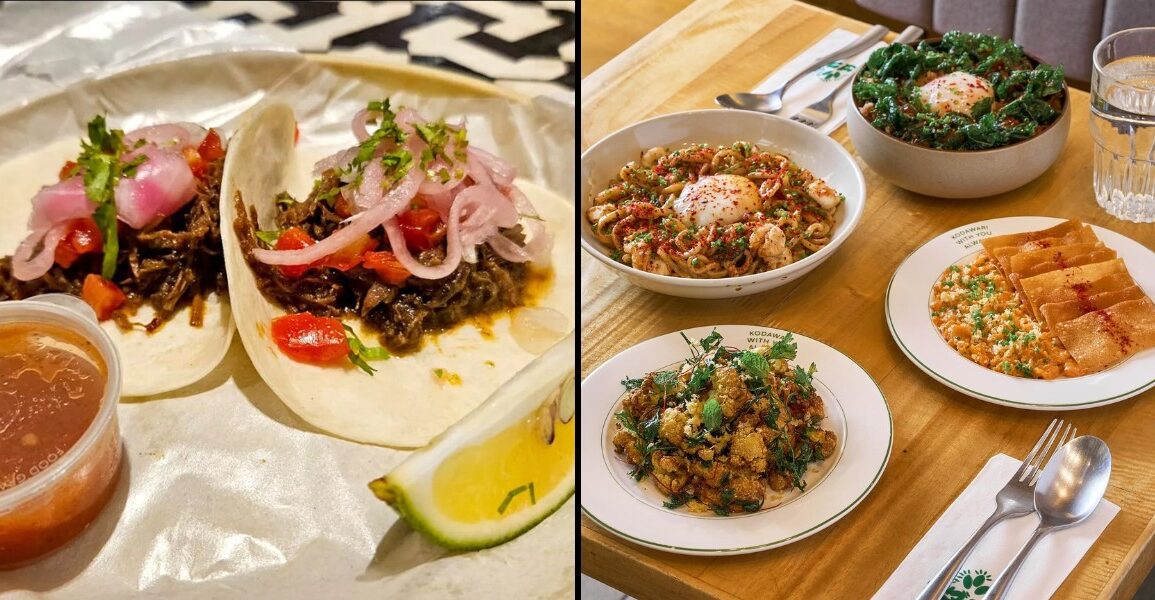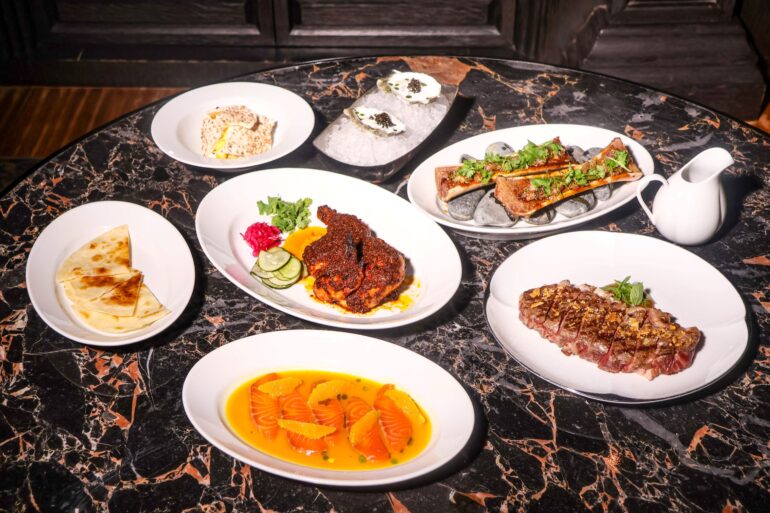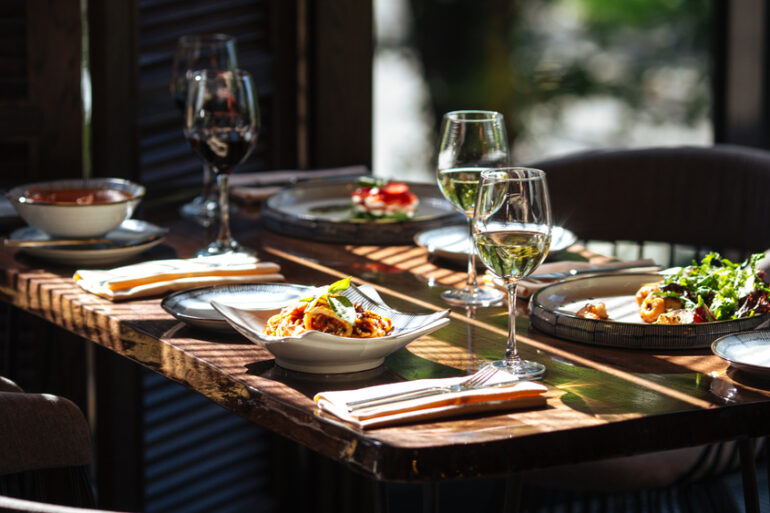El Poco Cantina’s carinatas burrito and Kodawari’s gyudon are the dishes that landed them a spot on Michelin Selected.
You’ve seen the celebration all over the internet—Filipino chefs smiling from ear to ear as they held their Michelin Guide plaques. Some couldn’t contain their excitement and gave Bibendum, the brand’s fluffy white mascot, a great big hug. For most chefs, the Michelin Guide is the ultimate culinary honor, the pinnacle of their career. For others, it can feel like a… scam?
El Poco Cantina and Kodawari were invited by the Michelin Guide to attend its inaugural ceremony in the Philippines last Oct. 30—a rare chance to see their names alongside the rest of the first Michelin Selected restaurants in the country. But in an unlikely, somewhat hilarious plot twist, the two popular food spots missed this one-off opportunity— because the owners thought the invitations were spam and scam emails.
Shortly after their inclusion in Michelin Selected, El Poco Cantina began getting an influx of orders both in-store and online. ‘We had to close down Grab. We couldn’t keep up with the orders. We were overwhelmed.’
El Poco Cantina owner Richard Ken “Tots” Ramirez and Kodawari’s Toni Potenciano shared their bittersweet tales of victory on social media on the same night of the event. “We got Michelin Selected without me even knowing because I blocked the email. I thought the email was a phishing scam,” Ramirez wrote. Meanwhile, Potenciano shared how her day was very busy, and it was only at night that she discovered her restaurant’s inclusion in the prestigious list. “[I] literally found out after that we had an invite to the @michelinguide awarding, which went to our SPAM!!!” she captioned her post.


Both restaurants are part of the 74 local establishments recognized under the Michelin Selected category, which, according to Michelin, are recognized “for the quality of their cuisine, the distinct character of their dining experience and their consistent commitment to excellence.” Although it’s not a star or a Bib Gourmand, this category flaunts the “good meals” recommended by the globally influential organization.
And now that El Poco Cantina and Kodawari are thrust into the spotlight, it’s a good time to highlight what the restaurants have to offer besides small bursts of laughter at the illustrious, historic event. So, read on for how these two restos made the list of honorable mentions—even without them knowing it.
Related story: Michelin Guide drops first Philippine list. Here are the country’s starred restaurants
Related story: Michelin Guide 2026: 7 Bib Gourmand spots worth every peso
El Poco Cantina
With a name that literally translates to “little kitchen,” El Poco Cantina initially started as a small, 10-square-meter-kiosk in Manila. It was in 2019, at the onset of the COVID-19 pandemic, when Ramirez and his wife opened it without any idea about running a store.
The pandemic eventually forced them to adapt to a take-out and delivery only model, making for a rough start for the now-six-year-old brand. Today, El Poco Cantina’s little kitchen has grown to three whole branches—its flagship in Malate, another spot at the University Belt in Recto, and its one-year-old store along Taft Avenue.
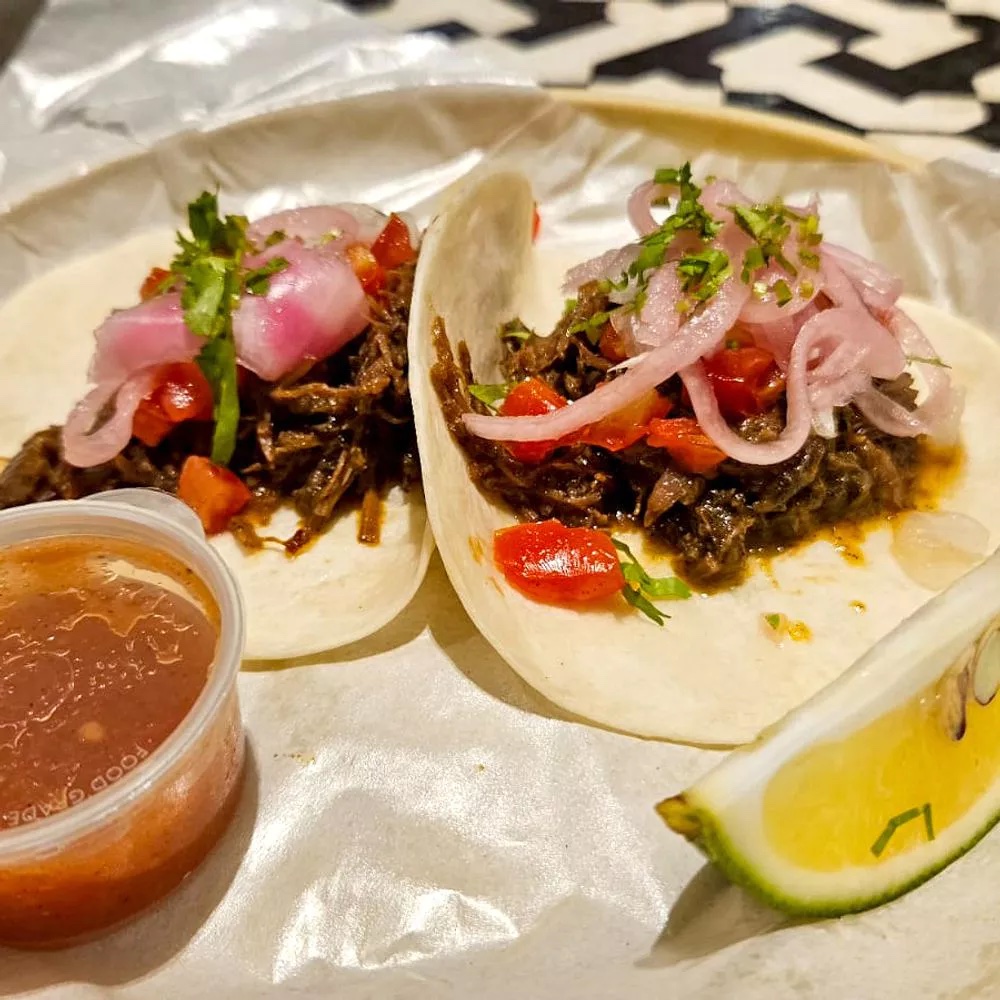
The star of their Mexican menu is the carinatas burrito, which bestowed the restaurant a spot on the Michelin Guide. It was, in fact, a fulfillment of Ramirez’s prophecy before the launch of El Poco Cantina. “When I made this recipe, I knew that this would be the one to put us on the map,” he said in Tagalog during an interview with FEATR in February 2025.
Michelin describes the dish as “crispy and soft flour tortilla tacos with beef barbacoa or pork carnitas, perfectly paired with a horchata featuring sweet vanilla and cinnamon notes.” How it’s done is another story. According to Ramirez, it takes them 18 hours to prepare the barbacoa—they marinate it overnight, bringing it to the store at midnight, and braising it for another six or seven hours using 20 spices or more. It is served with an adobo sauce “which is the whole foundation of the flavor of our burrito,” he said.
Joining this dish in El Paco Cantina’s list of best-sellers is the Quesabirria Tacos, which Ramirez touts as “happiness in a bowl.” The dish consists of tender, slow-cooked beef piccadilly and melted cheese in a crispy tortilla. Other must-tries include the nachos, giant burritos, quesadillas and the rest’s other Mexican street delights.

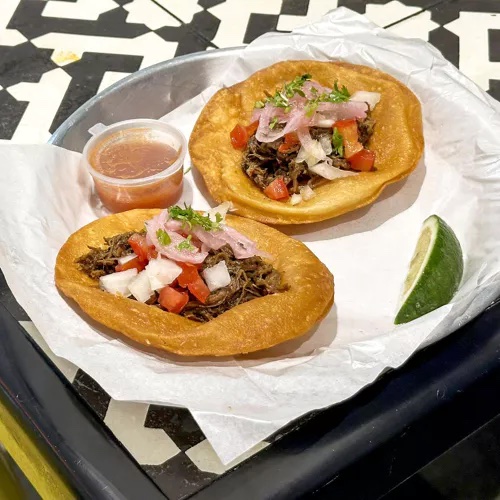
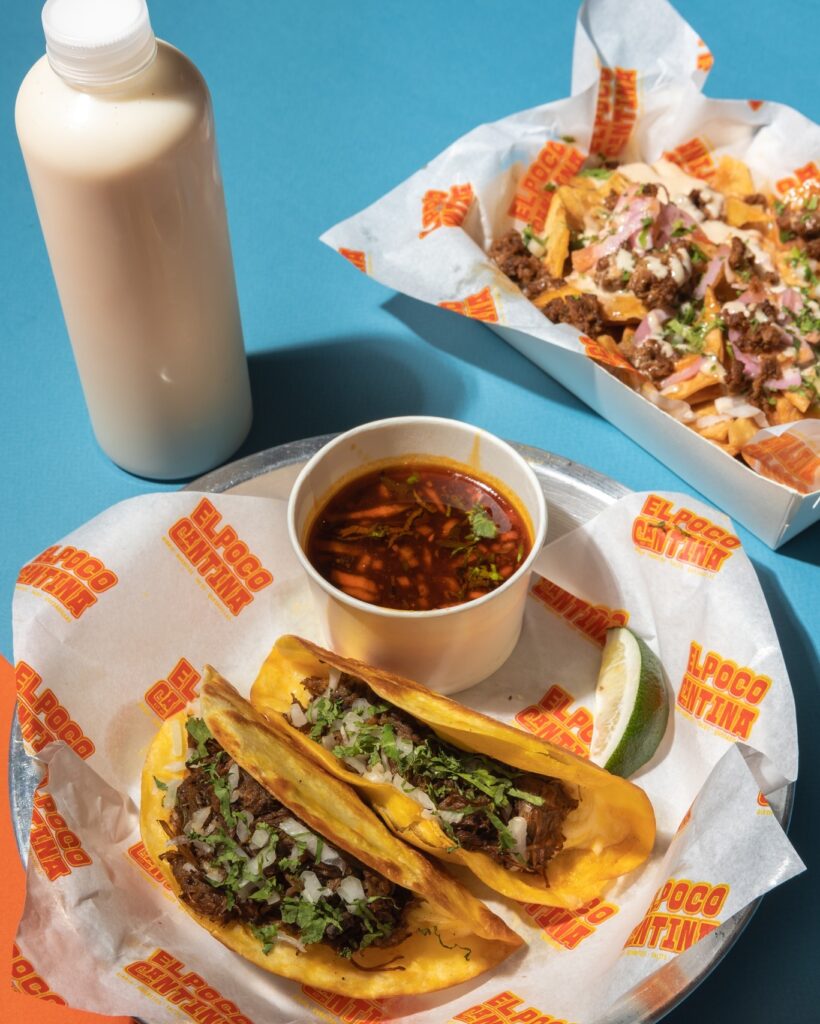
Above all these, Ramirez considers their Horchata drink as their best offering. It’s a sweet, creamy Mexican drink made from ground white rice, water, cinnamon, and sugar. Why is it their best product, you ask? “It’s because that is my wife’s recipe,” he told FEATR.
Shortly after their inclusion in the Michelin Guide, El Poco Cantina began getting an influx of orders both in-store and online. “We had to close down Grab. We couldn’t keep up with the orders. We were overwhelmed,” Ramirez remarked during an interview with GMA News Online.
Despite the pressure and high demand, it’s still business as usual—or even better—for El Poco Cantina. Ramirez wrote on Instagram: “Our goal remains the same: to keep serving you quality, affordable food while creating more job opportunities for our community in the future.”
Related story: If food is memory, why do other people’s opinions matter?
Related story: Your quick, pocket-friendly Michelin food guide to Southeast Asia
Kodawari
Similar to El Poco Cantina, Kodawari blossomed and continues to thrive after setting up shop during the pandemic. The restaurant, known for its non-traditional guidon, initially started as an Instagram business established by Toni Potenciano and chef Jake Aykado in 2020.
It grew organically with customers ordering their food trays, at a time when savory, restaurant-style dishes are only available online. The increasing demand led entrepreneur Ryan Serrano to join the duo in transforming the home-based business into a full-blown restaurant in Salcedo Village, Makati in March 2023.
A year later, their team opened its second branch in One Parkade in Bonifacio Global City, Taguig. And the next thing they knew, Kodawari landed a spot in the inaugural list of Michelin Selected restaurants in the Philippines.
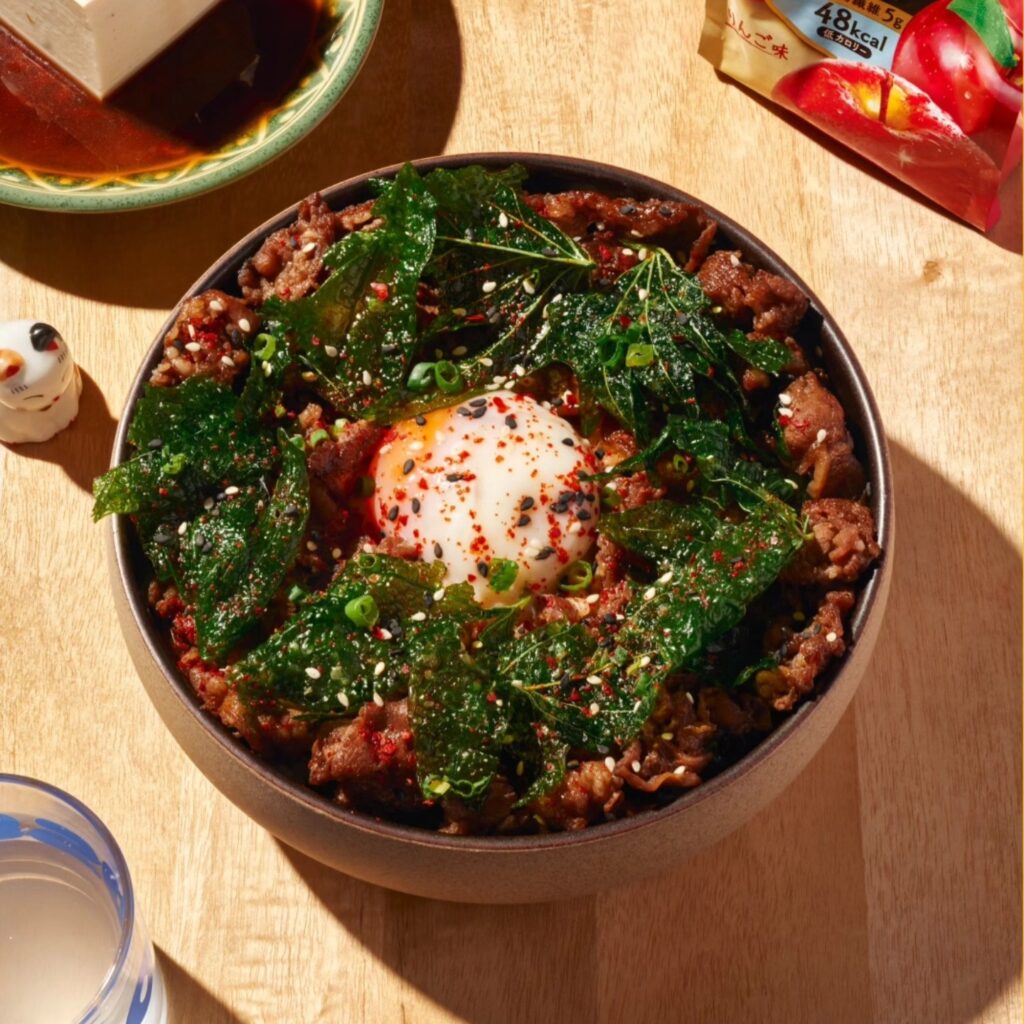
“This snug eatery with a vibrant atmosphere has won over a youthful crowd with its take on Japanese home cooking,” Michelin Guide wrote on its website. It referred to Kodawari’s non-traditional gyudon as the ultimate star of its menu: “Their gyudon is the ultimate comfort food: a rice bowl with juicy marbled beef, a silky soft-boiled egg and crisp local greens, which come together with a sweet-salty sauce and fragrant rice.”
The rest of Kodawari’s lean menu features dishes that draw inspiration from Japanese food, but with a uniquely nostalgic yet also unpretentious twist. This includes the Chilimansi—the resto’s take on Filpino-style panic canton using dry ramen, sous, vide egg, chilimansi sauce, and togarashi. Another best-seller is the Spicy Salmon, a popular appetizer featuring chopped, spicy salmon tartare served with crispy molo chips for dipping.
Other must-try dishes include the Salmon Menati Don, which features torched salmon served with a mentaiko aioli, crispy pako, and other toppings over Japanese rice, as well as the Chasudon—a bowl of seared pork belly chase with sous vide, picked, and tonkatsu broth topped over rice. There’s also the Spicy Gyudon, which is the spicy version of the restaurant’s signature dish.
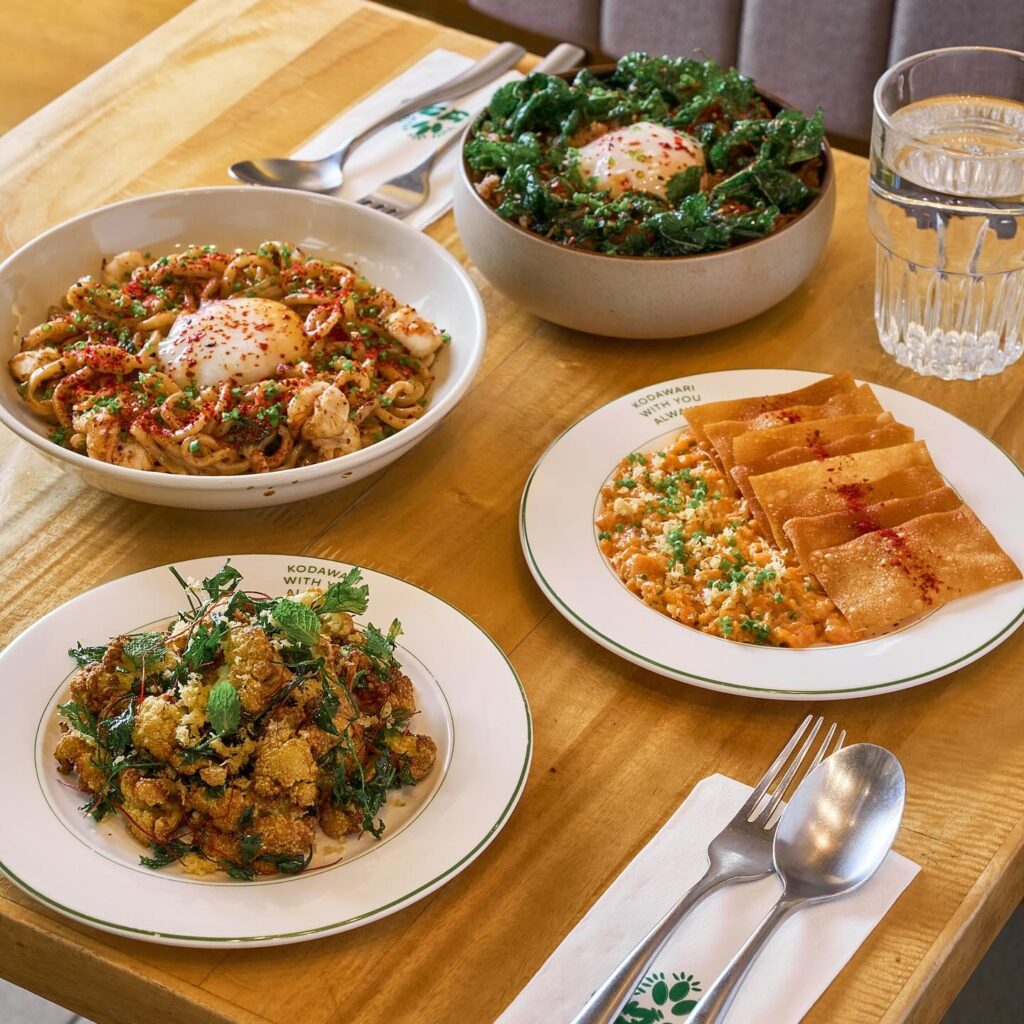

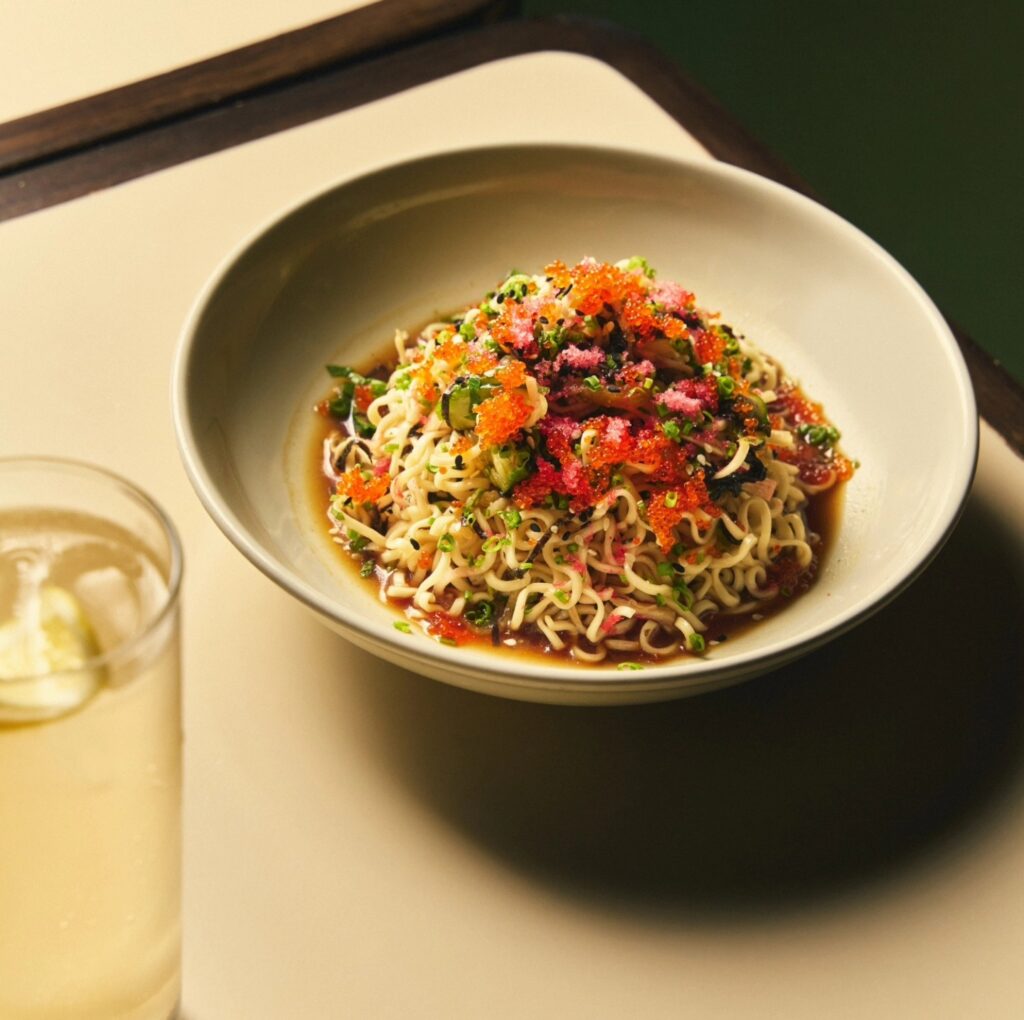

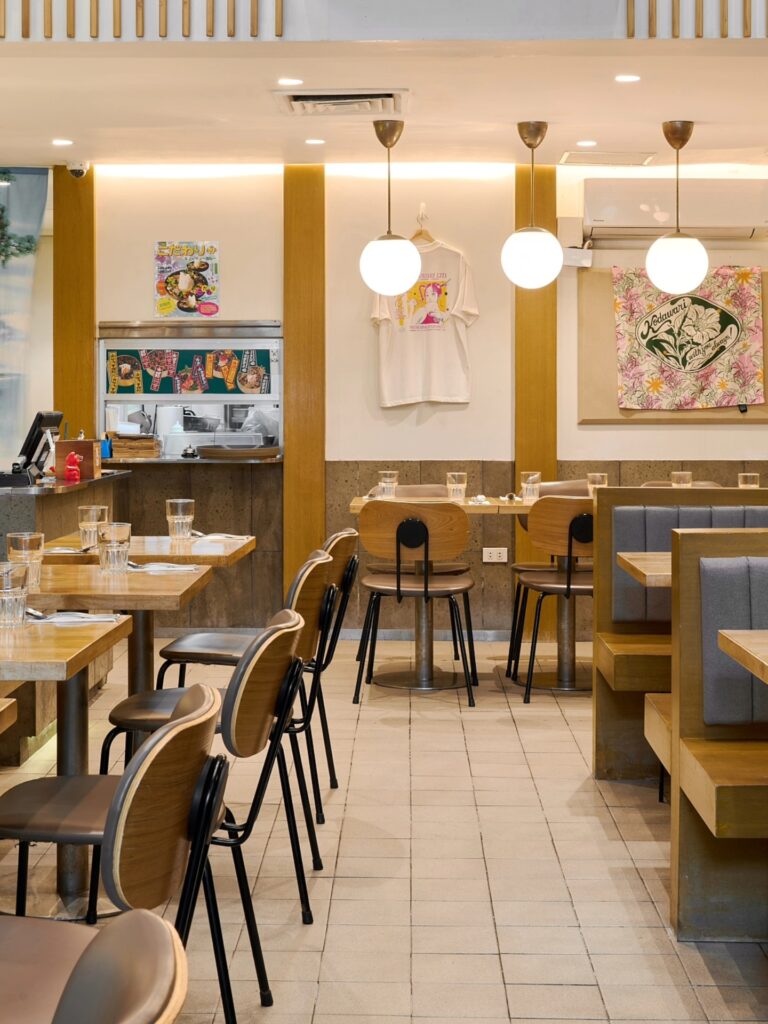
Kodawari’s flagship branch in Salcedo Village was the one selected by the Michelin Guide to be included in its list, which makes the feat even more special, according to the restaurant. “We’re unbelievably grateful and honored to be part of the @michelinguide selected restaurants, alongside the many other restaurants we respect, love, and have inspired us to be better,” Kodawari wrote on Instagram. And if there’s anything that the restaurant learned from the experience, it is this: “Wow, next time remind us to check our spam for important emails… we’re screaming from our laptops. 🥹”
Related story: Can restaurants reject their Michelin stars? These chefs did—and here’s why
Related story: The 5 best yakitori to try at Michelin-recognized Ikoka Yakitori

